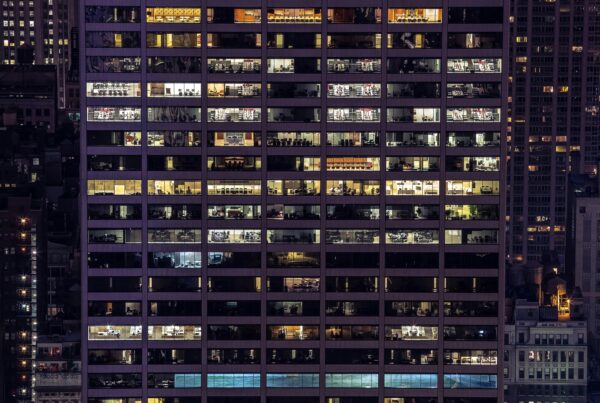Welcome to our monthly roundup of stories from all over the web, stories which might have gone under your radar and didn’t get the retweets and shares they deserve. From the real-life Up House, to the flimsy link between volcanoes and global warming, to bionic eyes that can filter, and influential buildings in the world today.
Up House of Edith Macefield Faces Demolition

Edith Macefield’s steadfast decision to retain her house probably became the inspiration for Pixar’s hit film Up.
Seven years after Edith Macefield’s death, her 108-year old house in Seattle finally faces demolition. Macefield had previously refused offers of up to $1 million to sell he property in 2006, and instead tolerated being sandwiched between commercial development. Her valiant anticorporate stance endeared her to Seattle and the rest of the world, and her house has been lovingly dubbed the “Up House”, after the animated Pixar film.
No Blaming the Volcanoes for Global Warming
Volcanoes are an easy culprit to blame for global warming. Just look at that thick, massive, seemingly endless clouds of smoke.
To clear things up, WIRED does the math by comparing carbon dioxide emissions of volcanic eruptions against the transportation sector (Cars win.) Some commenters on the article point out that cars make up just a fraction of man-made carbon emissions (coal-burning plants being the biggest), but the point is, whether it’s the volcanoes to blame, let’s not forget we humans have contributed a lot as well. The difference between us and volcanoes—we’re in control of our actions.
WIRED’s 20 Influential Buildings of the Future
Taking a cue from Marc Kushner’s book The Future of Architecture in 100 Buildings, WIRED whittles down the list to a manageable 20. From buildings made of fungi to modular micro apartments, from towers that seemingly undulate with waves to buildings coated with CO2-absorbing titanium-nanoparticles and tiny dwellings with the littlest carbon footprint.
Chimpanzees and their Rights to Personhood
For the first time in history, a writ of habeas corpus was issued by a New York judge to two chimpanzees, namely Hercules and Leo. The chimps were being kept in Stony Brook University’s research facility, but the Nonhuman Rights Project protested their captivity there, pushing their rights to be considered legal persons who at the very least have the right not to be caged and owned. Two days later New York Supreme Court Justice Barbara Jaffe amended her decision, striking out the “& writ of habeas corpus” part, setting back the chimps’ personhood once again. Says Natalie Prosin, Executive Director of the Nonhuman Rights Project (NhRP), “We got our foot in the door. And no matter what happens, that door can never be completely shut again.’
The Slump in 0China’s Exports
Quartz offers a couple of explanations for the slump in Chinese exports by as much as 15{e3829ec1db02d54faaf9fa2de0d48db26af01d7a7944a63c3b26976124791cab} from last year (in dollar terms). Analysts speculate it’s either because of a strong yuan, factories taking a break after the late Chinese New Year, a way to balance last February’s huge export rise, or simply because the Chinese economy may be really slowing down.
Watch Out for Bionic Eyes
Great changes have been coming to the human body, with the success of 3D printed organs such as ears, kidneys, and blood vessels. Now an Italian design firm called MHOX wants to tackle eyes, one of the most complex part of the human body that not even the most precise camera can match in quality. The project called Enhance Your Eye (EYE) hopes to bioprint eyes so they can be made as replacements for people with disease of the eye. But it goes one step further by also allowing the eyes to enable focus and filter (just like those photo apps), as well as to record scenes and share them via wi-fi. Eyeballs suddenly got a lot creepier.











